This week we chat with local artist Stathis Dimitriadis about his artistic practice as well as his upcoming group exhibition Clay in vivo, which celebrates the transformative power of unfired clay. Clay in vivo goes beyond the usual exhibition and offers visitors a hands-on creative experience with clay through workshops and performances, which unfold clay’s capacity to connect, heal, shape and reimagine our world. Clay in vivo runs at ASC Art House Gallery, Grafton Road from 2–14 September.
Croydonist: First of all, Croydon native or Croydon convert, and what area do you call home?
Stathis: Convert for sure. Home is Wallington and after Volos, my hometown in Greece, is the place I lived the longest in my life. After years of having to travel more than an hour to reach studios in Wimbledon & Kingston, some artist friends suggested the Art House in West Croydon. I immediately fell in love with the space, purpose built artists’ studios, spacious, bright and properly heated with fantastic communal facilities. With only 3 miles from Wallington, I can now spend most of my days in the Croydon studio!
Croydonist: How did you become an artist, and when/why did clay become your primary medium?
Stathis: If there is a moment that I would pick as a turning point, it is probably when I moved into my first studio space in Wimbledon in 2008. Clay became my thing back in 2000 as I could not get places in the local drawing classes and thought of trying clay. It was in the coolness and calmness of an underground pottery in the heat of the Greek summer that I was instantly captured by the plasticity of the clay on the workbench, the sound of wedging, and the meditative throwing on the wheel. Art studies came much later and there were more about self-reflection, process thinking and questioning than technical training.
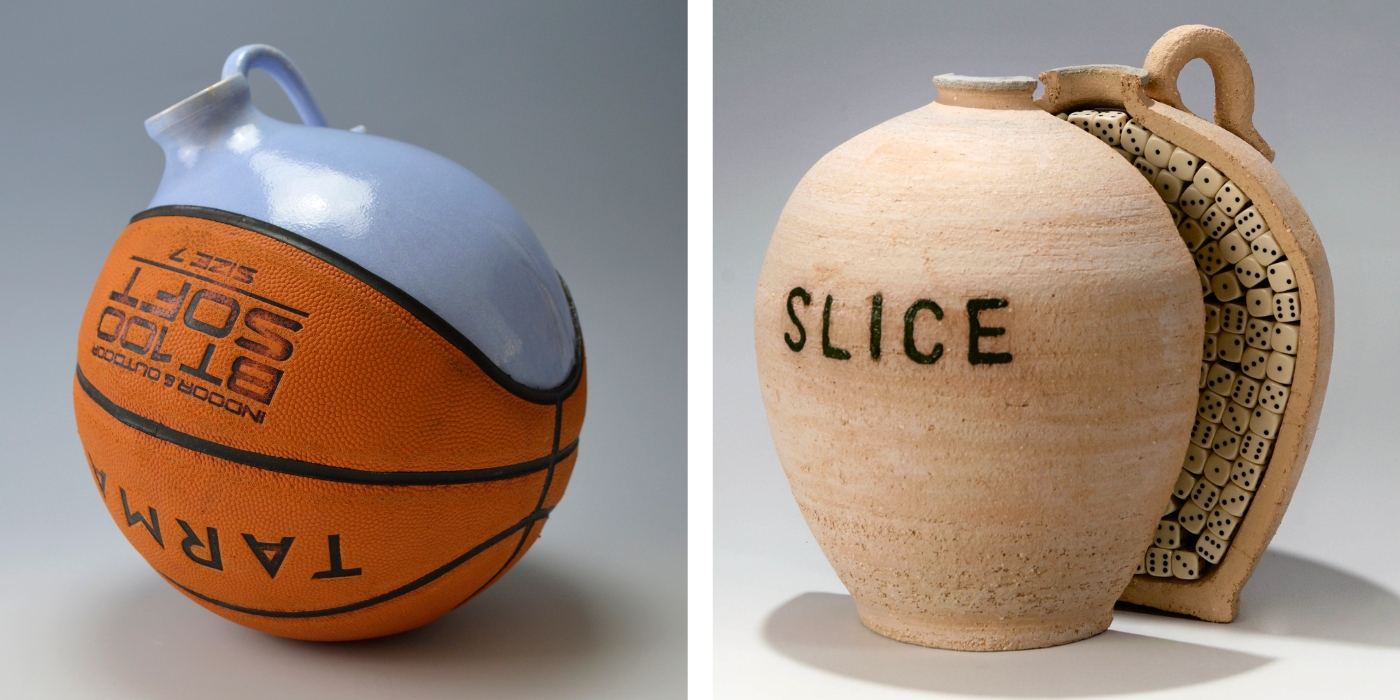
Left: Tarmak; right: Slice n Dice – both by Stathis Dimitriadis
Croydonist: What’s your typical process when creating a piece?
Stathis: That’s impossible to pin down as a typical making process; I would describe a thinking process instead. Every piece I make defines the process and material decisions. The intriguing and attractive fact about clay is that it is so versatile that there are endless ways of working with it. My making starts from the end concept, the idea that needs to surface and then I work backwards choosing which process to use, which type of clay, what colours, etc. For example, if the piece I have in mind wants to convey the concept of fragility, I will look back into how I reflect this through the qualities of clay and it may involve pushing the material to its limits so the surface breaks up, introducing text or even breaking the work and reassembling into a new story.
Croydonist: Where do you create your work?
Stathis: All my ceramic work is done in the studio in ASC Art House in Croydon. This is my workshop where I have my wheel and the kiln to fire the pieces. For larger scale sculptures that may require assembly with wood, metal or cement structures, I use the shed of my garden in Wallington.
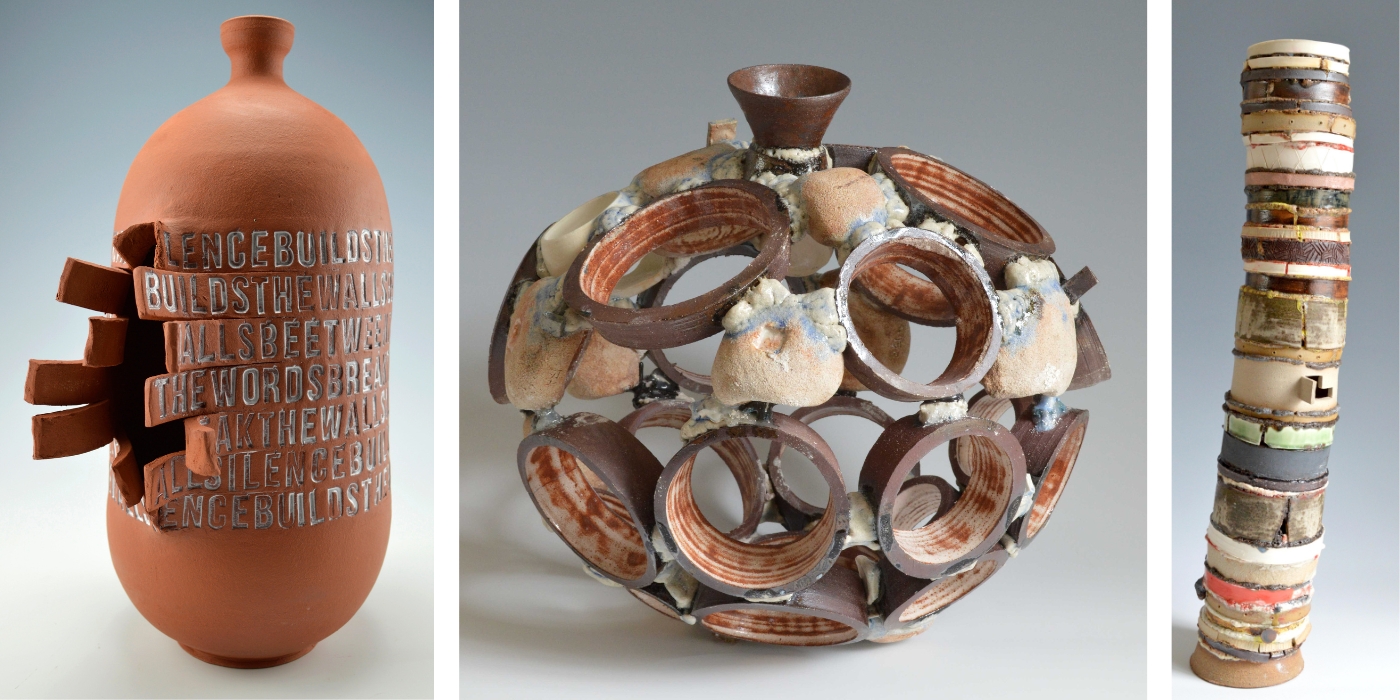
Left: Beetween; middle: Creel; right: Acrostic – all by Stathis Dimitriadis
Croydonist: What’s been your most challenging/ambitious piece to date?
Stathis: Every time I start making, I have the ambition to make the most wonderful piece ever made, a piece that is equally or even more exciting than the idea behind it. And the journey needs to be a discovery or else what’s the point? If I would choose one of the most challenging journeys it was the making of the ‘creel’ whose aim was to create a form of vessel made up of various leftover ceramic parts joined and fired together in a way that they hold themselves together as one. (‘Creel’ shown above middle). This required the development of a unique ceramic cement that fires and self-glazes and four separate firings with custom supporting scaffolding built around the parts inside the kiln to ensure that all stay in place without collapsing. The result reminded me of these lobster cages used for years in the sea with all their barnacles and ocean rocks attached to, hence the name creel.
Croydonist: Tell us about your upcoming exhibition Clay in vivo.
Stathis: The idea of putting up a show about unfired clay came to me in the beginning of the year as a reaction to the lack of representation of clay in its primary form in art exhibitions. Although clay has been probably the most common material used for sculpture and object making in human history, it is considered unfinished and lacking value if not fired into ceramic. And since most of the contemporary art shows are about value, you rarely see raw clay making its way in the galleries.
I wanted to bring to the public this amazing material that clay is, a force of nature that you can shape, you can mix, you can build on, you can eat from, you can relax with, you can open your heart and start sharing with others. And that’s how Clay in vivo was born. The scientific term in vivo is there to reveal the ‘living’ nature of this remarkable material.
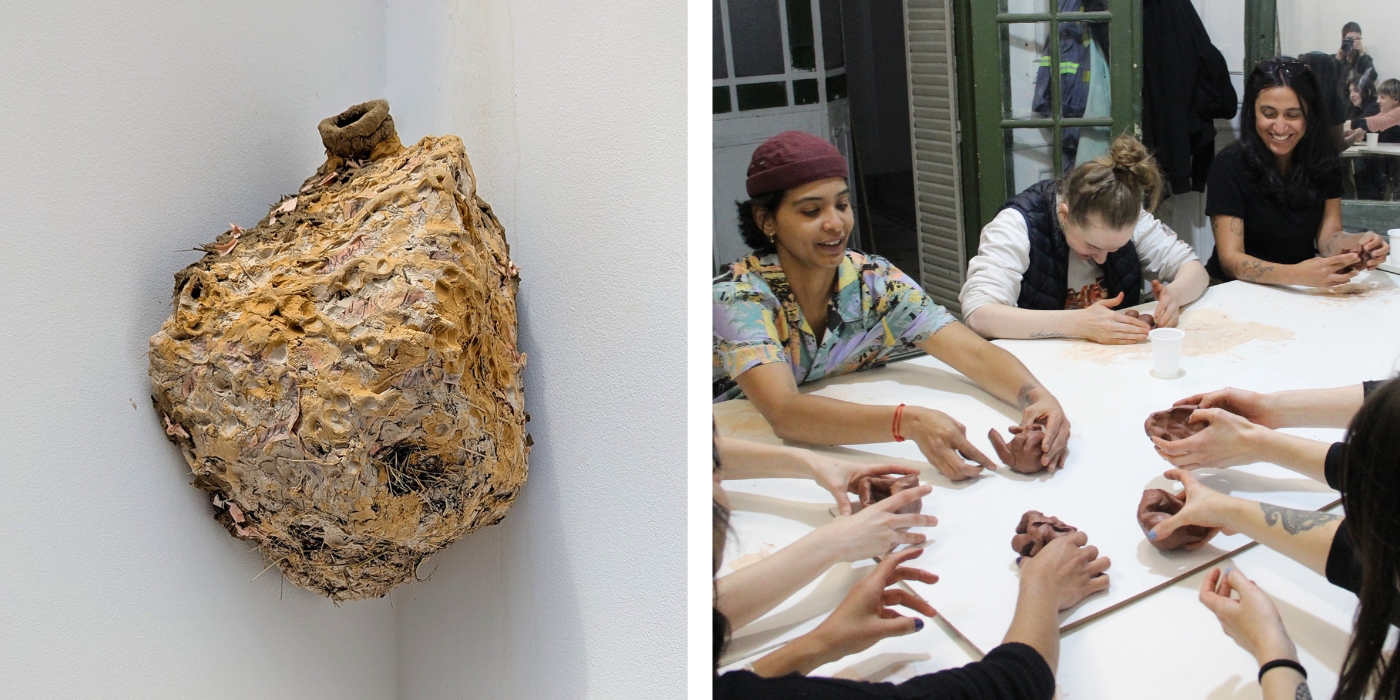
Left: Clay in vivo Swallow little swallow WIP by Stathis Dimitriadis; right: Clay in vivo – Touching Emotions Workshop
Croydonist: How did the eight artists exhibiting come together?
Stathis: I thought that telling the story of clay will require voices of artists who work in different ways to be able to bring to the public the plurality and richness of clay as a medium for creation. I approached sculptors from the Royal Society who I had either worked with in the past or seen their work in exhibitions. I wanted a group that shares the same love for clay but also has experience with public engagement as this element of interacting with the public to experience working with clay is fundamental to the character of Clay in vivo.
The most amazing feeling was when the artists I reached out were super excited and jumped into this full-hearted, which is unexpected for a self-organised exhibition in a non-commercial gallery setting. Pivotal for the project was the fact that ASC offered the amazing gallery space in the Art House and gave us the freedom to be as ‘messy’ as we want. Most of the works will be made in situ as clay becomes too fragile to move when it dries. We will have from paper thin sheets of clay hovering above ground to overhanging swallow nests under the eaves.
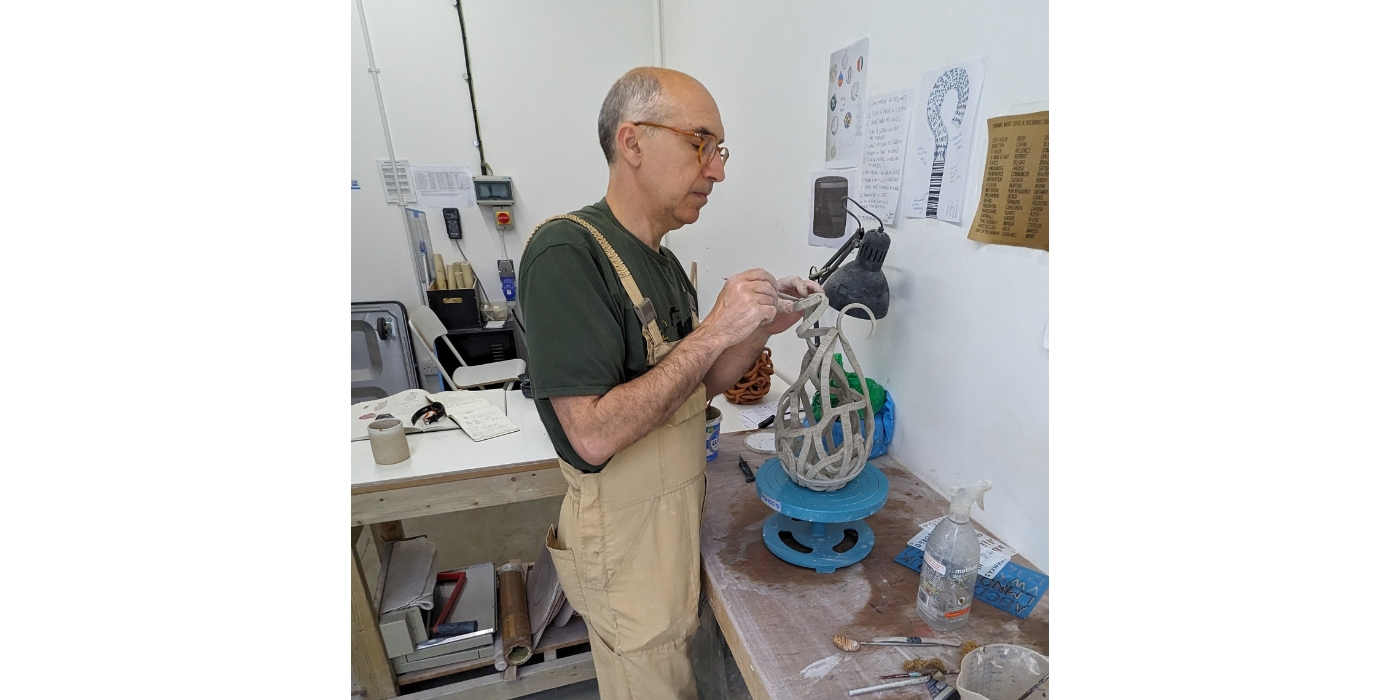
Studio photo of Stathis Dimitriadis
Croydonist: Can anyone attend the exhibition’s workshop programme?
Stathis: The exhibition and programme of events is free for anyone, though kids visiting should be always accompanied by adults. The exhibition opens to the public on Tuesday 2 September, and is then open Thursday to Tuesday 1-6pm, at the Art House, Grafton Rd, Croydon CR0 3RP, 12min walk from West Croydon station or the Waddon Marsh tram station.
We have planned a series of performances and workshops on Fridays, Saturdays and Sundays. The performances involve myself and/or Livia Spinolo creating work that develops through the course of the show and precede every workshop. The workshops will be run by the participating artists and are themed around their respective process – revealing clay’s capacity to shape, heal and connect. There will also be a public talk on ‘Why Raw Clay? Reclaiming the tactile, the collective, and the immediacy in art practice’ chaired by acclaimed researcher and writer Tessa Peters on Saturday 13 September. All these events are free but require booking through Eventbrite to avoid disappointment!
Thank you to Stathis for chatting with us.
Book your event tickets here and follow Clay in vivo on Instagram. Clay in vivo runs at ASC Art House Gallery, Grafton Road from 2–14 September 2025.
Exhibiting Artists: Barbara Beyer; Mary Branson; Stathis Dimitriadis; Beatrice Galletley; Sandy Layton; Desa Philippi; Lisa Snook; Livia Spinolo.
You can find out more about Stathis’ work on his website and Instagram.
Images courtesy of Stathis Dimitriadis and Clay in vivo
Posted by Julia
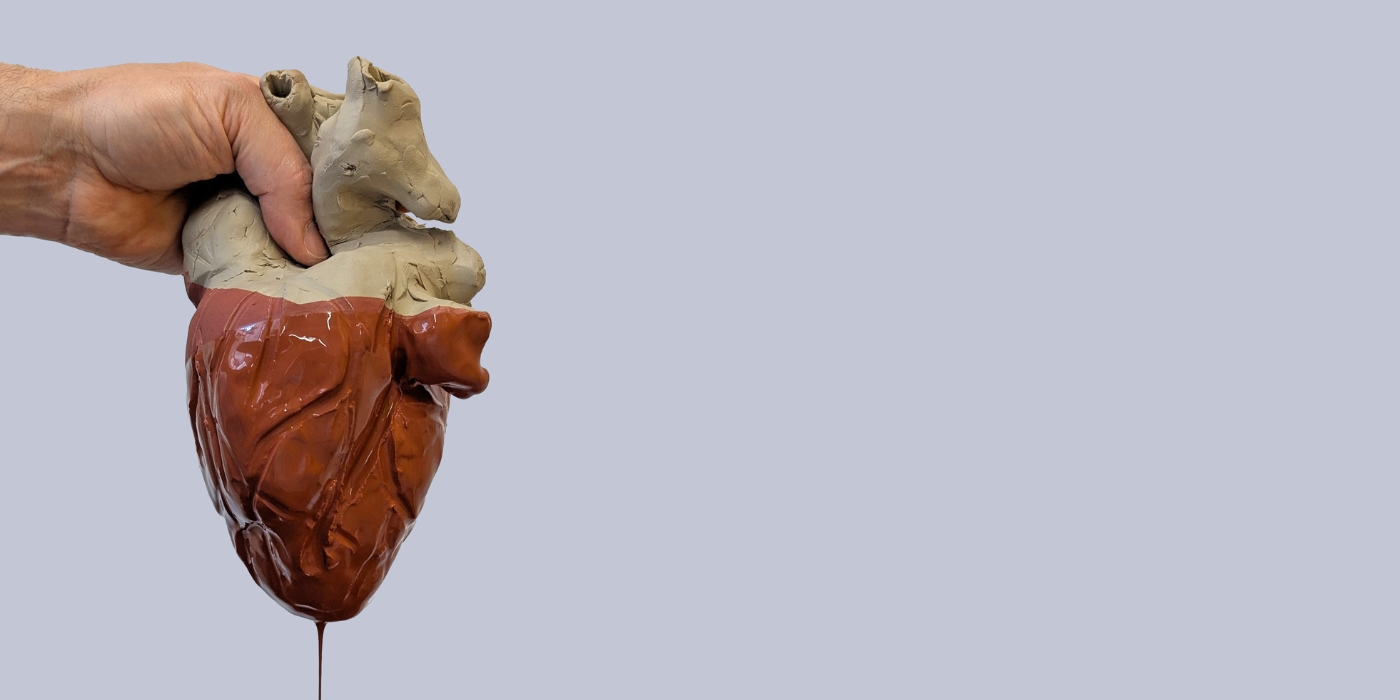
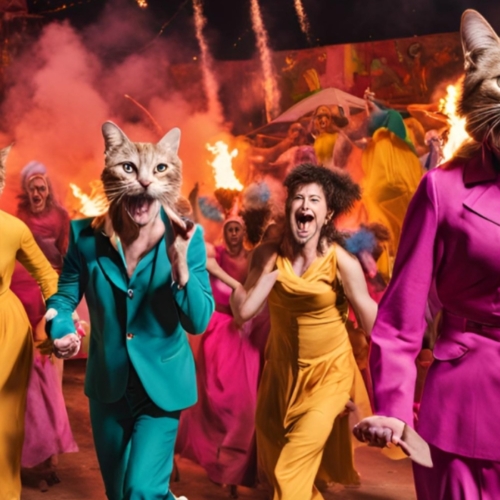
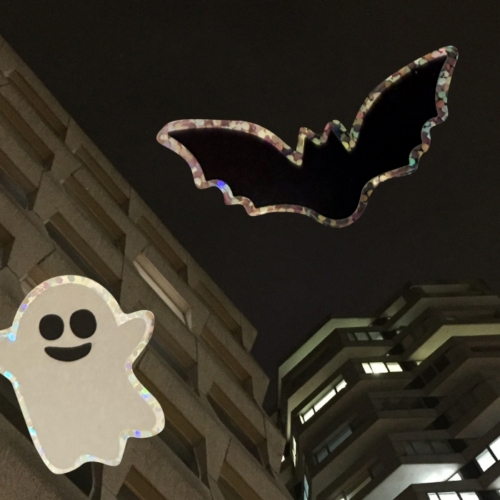
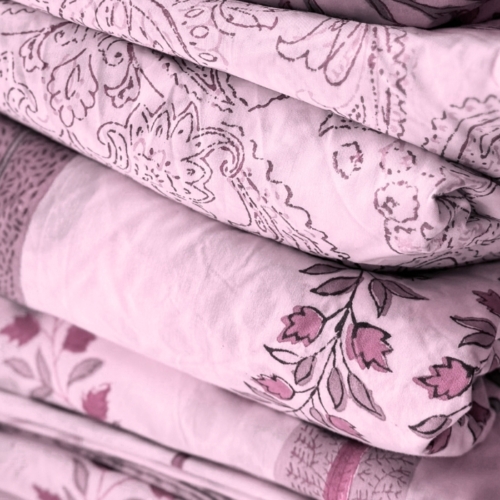
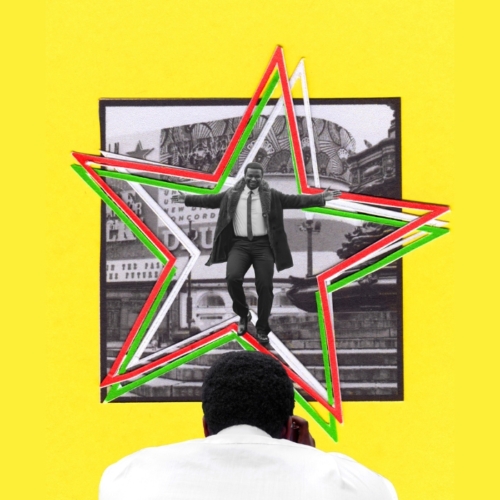

No Comments